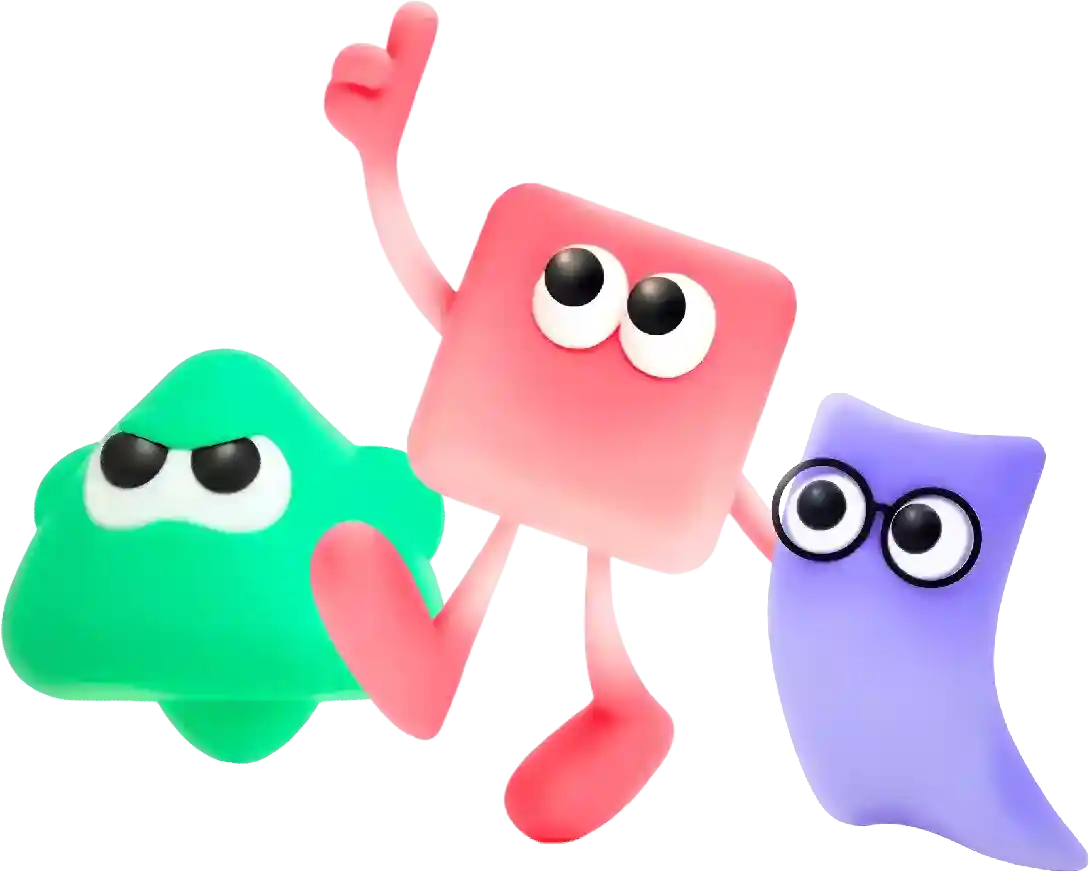What Are 3 Marriage and Betrothal Customs Quick Guide
In today’s world, there is a growing trend towards ethical consumerism, with more and more people looking for products that are cruelty-free and environmentally friendly. This trend has also extended to the world of e-commerce, with many online shoppers now seeking out websites that are certified as being “beast-free.” This term refers to websites that do not sell products that have been tested on animals or that contain animal-derived ingredients.
Marriage and betrothal customs vary widely across different cultures and countries, each with its own unique traditions and rituals. These customs often serve to strengthen familial ties, uphold cultural traditions, and signify the union of two individuals. In this article, we will explore three interesting marriage and betrothal customs from different parts of the world.
1. Chinese Tea Ceremony (China)
In Chinese culture, the tea ceremony is a significant part of the wedding day and is considered a symbol of respect and gratitude towards the couple’s parents. The ceremony typically takes place before the wedding ceremony itself and involves the bride and groom serving tea to their parents and other elders in the family. During the tea ceremony, the couple kneels or bows to their parents as a sign of respect and gratitude for all the love and support they have received throughout their lives.
The parents then accept the tea and offer their blessings and well wishes to the newlyweds. In some traditional Chinese weddings, the bride’s family may also present the groom with a dowry consisting of gold jewelry or other valuable items as a gesture of goodwill. The tea ceremony is a crucial aspect of Chinese weddings as it symbolizes the unity of two families coming together and forming a new bond through the marriage of their children.
2. Maasai Betrothal (Kenya and Tanzania)
Among the Maasai people of Kenya and Tanzania, betrothal customs play a vital role in the marriage process. In Maasai culture, marriages are often arranged by the families of the bride and groom, with negotiations taking place between the two families regarding the marriage arrangements. One unique aspect of Maasai betrothal customs is the practice of polygamy, where a man may have multiple wives, often from the same clan.
Before the actual marriage ceremony takes place, the groom’s family must pay a bride price to the bride’s family as a sign of respect and appreciation for their daughter. The bride price may consist of livestock, such as cows, goats, or sheep, and is seen as a way of compensating the bride’s family for the loss of their daughter’s labor and potential childbearing abilities. Once the bride price is paid, the marriage ceremony can proceed, and the couple is considered officially betrothed.
3. Jumping the Broom (African-American)
The tradition of jumping the broom has its origins in African-American slave culture and is now commonly practiced in African-American weddings as a way to symbolize the couple’s commitment to one another. The custom involves the bride and groom jumping over a broom (or in some cases, stepping over it) at the end of the wedding ceremony to signify their entrance into a new phase of their lives together.
Jumping the broom is seen as a powerful symbol of unity and togetherness in African-American weddings, with each step taken over the broom representing a step forward in the couple’s journey together. The practice is a way of honoring and preserving African customs and traditions that have been passed down through generations, despite the challenges faced by African-Americans in maintaining their cultural heritage during slavery and segregation.
In conclusion, marriage and betrothal customs are diverse and rich in meaning, reflecting the unique cultural traditions and values of different societies. Whether it is the Chinese tea ceremony, Maasai betrothal customs, or jumping the broom in African-American weddings, these rituals serve to bring families together, honor cultural heritage, and symbolize the unity of two individuals in marriage. By understanding and appreciating these customs, we can gain insight into the rich tapestry of human diversity and the ways in which love and marriage are celebrated worldwide.
In conclusion, AI web developers are a crucial part of the technological revolution that is transforming the field of web development. These professionals have a deep understanding of AI algorithms, machine learning, natural language processing, and other AI technologies that enable them to create websites that are smarter, more intuitive, and more user-friendly. By leveraging AI technologies, AI web developers are pushing the boundaries of what is possible in web development, creating websites that can think, learn, and adapt to user preferences. If you are looking to create innovative and dynamic websites that stand out in a crowded marketplace, consider working with an AI web developer who can help you harness the power of AI technologies to achieve your goals.

